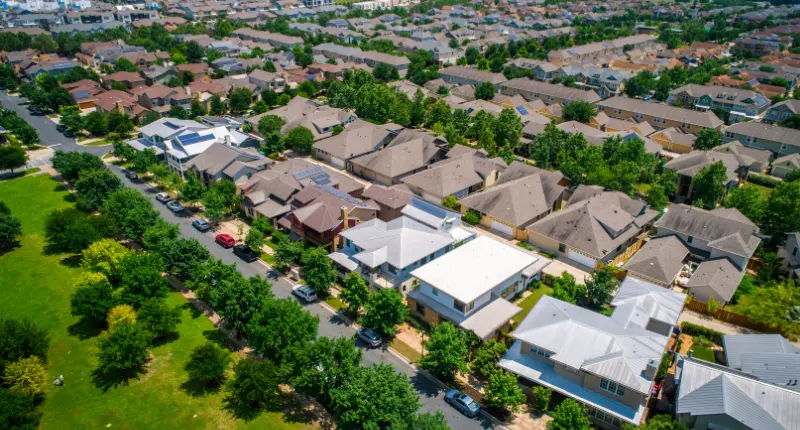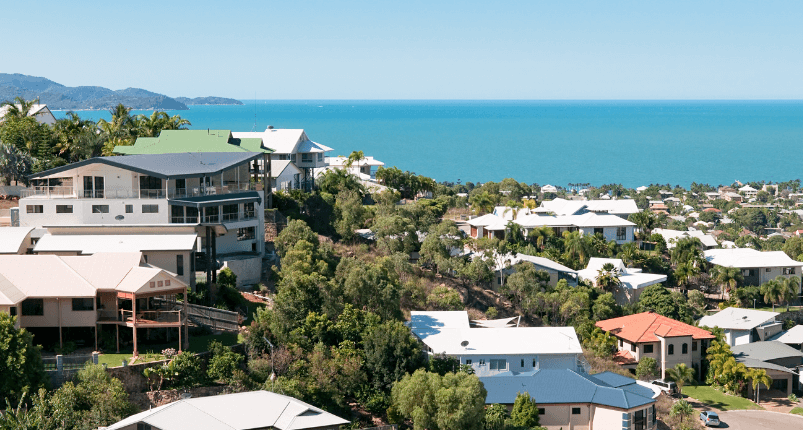
- We know Australia's housing boom is well in progress, but what about other nations?
- OECD report compares Australia's housing market with the other 37 member countries
- OECD report also assesses Australia's housing market policies relative to the other nations
How do Australia’s housing market and policies compare to the rest of the world?
This is an interesting question to explore, considering the current economic climate. Major central banks around the world have lowered interest rates to historically low levels, fuelling their respective country’s housing markets. This is no different with Australia.
The Organisation for Economic Co-operation and Development (OECD) published a report snapshot into Australia’s housing market, and how it compares with the other 37 member countries of the OECD. This can give us a pretty good indicator of how our housing market and policies perform compared to other major developed nations.
Housing statistics
Here are some key graphs and trends for general housing market statistics:
Australia’s rate of homeownership is pretty close to the OECD average.
Housing tenure distribution (percentage)

Australian house prices have grown at a fast rate relatively in line with the OECD average.
Real house price index (2010 = 100)

Australia’s housing investment is relatively high and remains stable compared to other OECD countries.
Housing investment as a share of GDP (percentage)

Australia’s ratio of outstanding mortgage claims to GDP is relatively high by international comparison.
Housing finance: mortgage claims as a share of GDP (percentage)

Policy comparisons
The report snapshot also compared Australia’s housing market policy profile compared to the 37 other OECD nations.
The policy profile is based on five principle indicators:
- Loan-to-value ratio – maximum loan-to-value ratios applied to mortgage loans (%) in 2019.
- Rent control – reflects the number of regulations that restrict rent levels and rent increases.
- Marginal effective tax rates (METR) – combines information on property taxes and housing-related provisions of income taxes.
- Land-use governance – reflects the restrictiveness of land use regulation, including decentralisation and overlap of government levels in land planning decisions.
- Housing allowances – public spending on housing allowances and transfers to households.
Australia Policy Profile Compared to OECD Average

Australia’s maximum loan-to-value ratio is quite high compared to the OECD average, which indicates higher-risk mortgage loans.
Rent control restrictions remain quite close to the OECD average – stricter rent controls are empirically associated with a weaker response of housing supply to change in demand.
Australia’s marginal effective tax rates (METR) are much higher than the OECD average. It is computed as the difference between the pre and post-tax rates of return of a marginal investment divided by the pre-tax rate of return of that investment where post-tax real rate is the minimum rate of return necessary to make the investment worthwhile (in %). In other words, a higher METR on housing property help contain price dynamics, contributing to housing affordability over the long-term.
Meanwhile, Australia’s land use governance remains relatively low to the OECD average, indicating that there is greater decentralisation of planning rules and regulations with it comes to using land for particular purposes. Despite a low score in this area, it has been empirically shown that Australia’s planning regulations are still quite stringent and restrict the supply of housing such that it cannot keep up with the ever-increasing demand.
Finally, Australia’s housing allowances score is slightly below the OECD average. The report states that more spending in this area allows higher mobility in some countries, although it can sometimes inflate rents and prices where supply fails to respond flexibly to demand.
~~
The full report is called Housing Sector Country Snapshot: Australia.







